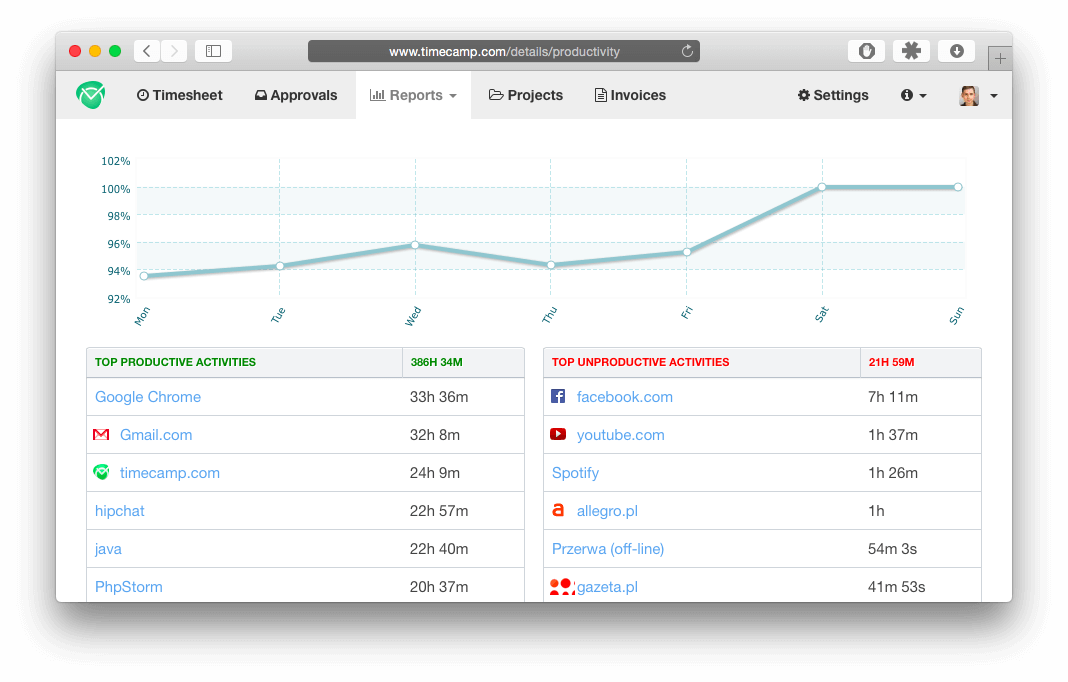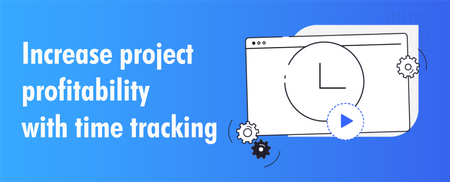
This is why it’s important to not only remove any potential distractions, but to also make sure that you have everything you’ll need in your workspace before you start. Those efficiency experts tell us that everytime we get up to go to the kichen to get some food or answer the phone, you not only lose the time that you spend staring blankly into the refrigerator, but you also lose the time that it takes to get back into the flow of things once you finally get back to work. Make sure that you have all the tools (including coffee) you might need nearby. Yes, it’s possible that you might be missing out on that one e-mail message that could change your life, but chances are it’s just another YouTube video from Uncle Phil. When you are actively creating your art/music, do yourself a favor and turn off your e-mail program, cell phone, television, Twitter or Facebook feed, and anything else that could potentially interrupt your creative flow. Maybe you are the exception to the rule, but I have found that multi-tasking is the enemy of inspired creative work. The problem was that before I knew it, an hour or two of my creative time had suddenly disappeared. One of my biggest issues was that first thing in the morning when I would sit down at my computer to write, I would immediately start pulling up my e-mail and checking my favorite websites just to see if anything exciting happened while I was sleeping. Whatever time it is that you do your best work, use that time to create your art, and save more routine tasks (like answering e-mail or connecting on Facebook) for later.

Part of the reason is that by two o’clock I have thought of so many other things that I should be doing that I find it hard to continue focusing on what I am currently writing. What time of day do you tend to do your best work?ĭo you seem to work best in the morning, afternoon, or evening?įor example, I know from experience that I always seem to do my best writing in the morning from about 9:00 a.m.

If you’re having trouble finding the time to get creative, you may want to give them a try.

TIMECAMP IGNORE TRIAL
While I certainly don’t have all the answers here, after many years of trial and error, I have discovered a few techniques that seem to work for me. Sure, some of these systems worked better than others, but in the end, they were all just one more thing for me to do (or avoid doing). Over the years I’ve tried schedules, to-do lists, and even elaborate time management systems that ended up taking me more time to fill out then I was saving. Maybe, just maybe, I could get some real work done. If only there weren’t ten thousand other things I had to do that day.

If only I didn’t have to get up every five minutes to get something that I needed. If only I could find a way to stop being so distracted when I’m trying to write. I still deal with this problem every day. We know that we just need to sit down and do it, but we always tend to get distracted and before we know it, another day is gone. We really do enjoy creating our art (most of the time) but there never seems to be quite enough hours in the day. One of the biggest challenges many creative artists have is simply finding the time to be creative.


 0 kommentar(er)
0 kommentar(er)
